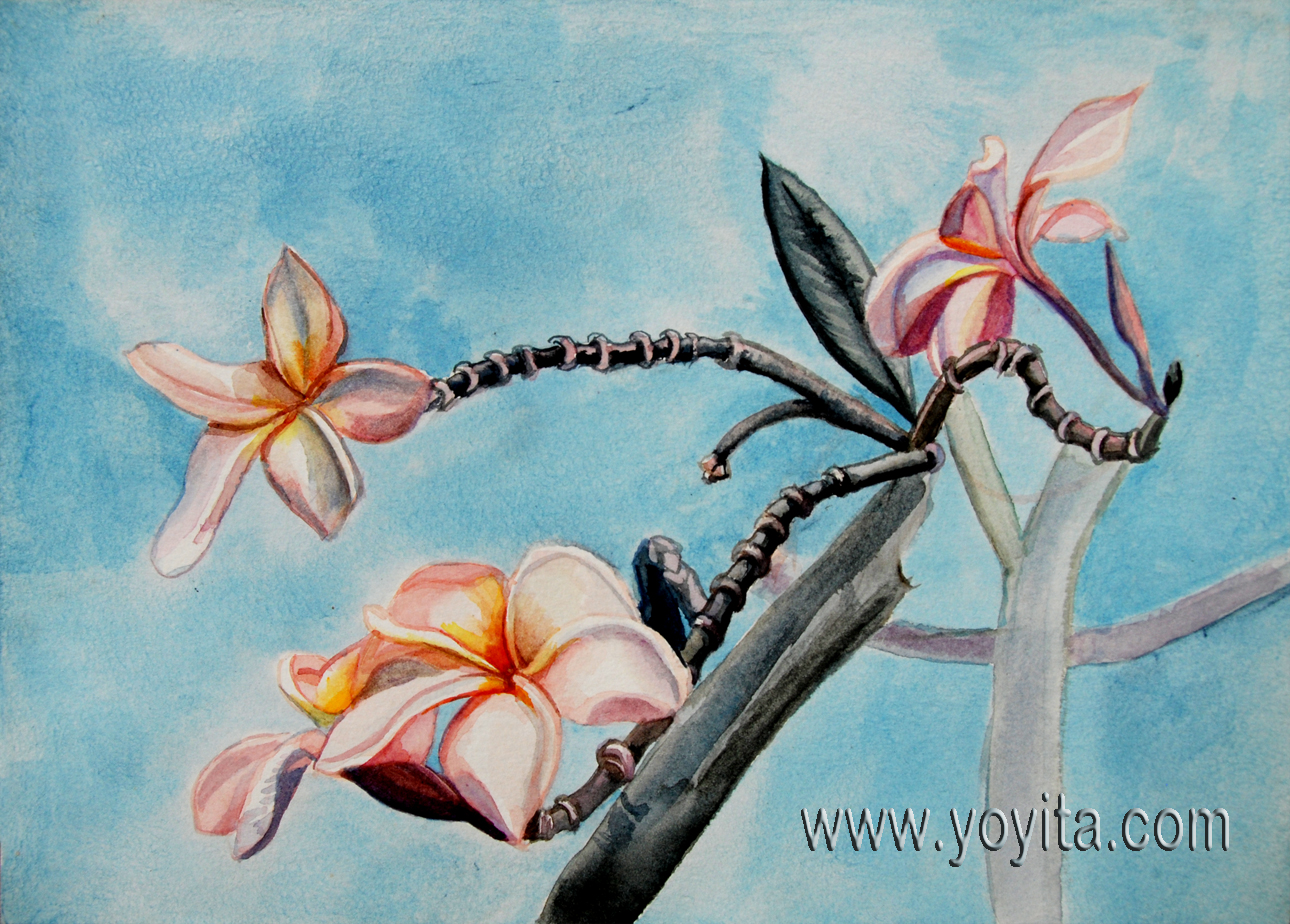

Send this page of Frangipani in bloom watercolor to a friend
Marine Art
Old house, Waterverfskilderkuns, ألوان مائية, জলরঙ, Dourliverezh, Акварел, Aquarel·la, Akvarel, Akvarel, Aquarell, Akvarell, Υδατογραφία, Acuarela, Akvarelo, آبرنگ, Aquarelle, Acuarela, 수채화, Akvarel, Aquarelo, Cat air, Acquerello, צבע מים, Aquarell, Akvarelė, Aquarel, Akvarell, Aquarel, 水彩, Akvarell, Akwarela, Aguarela, Acuarelă, Акварель, Akuareli, Watercolour, Akvarel, Akvarel, Акварел, Akvarel, Akvarelli, Akvarell, Pangulay na tinutubigan, నీటి వర్ణ చిత్రాలు, จิตรกรรมสีน้ำ, Акварель, 水彩画 |
 |
|||||
 |
|||||
|
• Parakeets • Washing clothes in the lagoon • The Magnolias • Mardi Gras
• Enlightment • Landscape and water • Nude 2 • Nude 3 |
Frangipani in bloom watercolor |
Frangipani in bloom watercolor |
|||||||
Watercolor on paper 8 1 / 4 by 11 1 / 2 inche |
 |
Acquarello su carta 8 1 / 4 da 11 1 / 2 pollici |
|||||
|
Precedente | Acquarello | Dopo |
||||||
Acuarela sobre papel 8 1 / 4 por 11 1 / 2 pulgadas |
|
||||||
Anterior | Acuarela | Siguiente |
Precedente | Aquarela | Em seguida |
||||||
Aquarelle sur papier 8 1 / 4 par 11 1 / 2 pouces |
水彩紙 8 1 / 4 11 1 / 2インチ |
||||||
Précédent | Aquarelle | Après |
前 | ルネサンス | 次に |
||||||
Aquarell auf Papier 8 1 / 4 von 11 1 / 2 Zoll |
水彩纸本 8 11 1 / 2 1 / 4英寸 |
||||||
Vorhergehend | Aquarell | Zunächst |
上次 | 水彩画 | 未来 |
||||||
Frangipani in bloom watercolor |
|||||||
Frangipani in bloom watercolor |
|||||||
Frangipani in bloom watercolorPlumeria (common name Frangipani; syn. Himatanthus Willd. ex Roem. & Schult.) is a small genus of 7-8 species native to tropical and subtropical America. The genus consists of mainly deciduous shrubs and trees. P. rubra (Common Frangipani, Red Frangipani), native to Mexico, Central America, and Venezuela, produces flowers ranging from yellow to pink depending on form or cultivar. The genus is also related to the Oleander, Nerium oleander. Both are known to possess poisonous, milky sap, rather similar to that of Euphorbia. In Mexico, the Nahuatl (Aztec language) name for this plant is "cacalloxochitl" which means "crow flower." It was used for many medicinal purposes such as salves and ointments. From Mexico and Central America, Plumeria has spread to all tropical areas of the world, especially Hawaii, where it grows so abundantly that many people think that it is indigenous there. P. alba is the national flower of Nicaragua and Laos, where it is known under the local name "Sacuanjoche" (Nicaragua) and "Champa" (Laos). The genus, originally spelled Plumiera, is named in honor of the seventeenth-century French botanist Charles Plumier, who traveled to the New World documenting many plant and animal species. The common name "Frangipani" comes from a sixteenth-century Italian noble family, a marquess of which invented a plumeria-scented perfume. Depending on location, however, many other common names exist: "Kembang Kamboja" in Indonesia, "Temple Tree" or "Champa" in India, "Kalachuchi" in the Philippines, "Araliya" in Sri Lanka, "Champa" in Laos, and "Dead man's fingers" in Australia, for example. The Australian name is perhaps taken from its thin, leafless, finger-like branches. Many English speakers also simply use the generic name "plumeria". Genre works, also called genre scenes or genre views, are pictorial representations in any of various media that represent scenes or events from everyday life, such as markets, domestic settings, interiors, parties, inn scenes, and street scenes. Such representations may be realistic, imagined, or romanticized by the artist. Some variations of the term genre works specify the medium or type of visual work, as in genre painting, genre prints, genre photographs, and so on. Genre painting Genre painting, also called genre scene or petit genre, depicts aspects of everyday life by portraying ordinary people engaged in common activities. One common definition of a genre scene is that it shows figures to whom no identity can be attached either individually or collectively - thus distinguishing them from history paintings and portraits. A work would often be considered as a genre work even if it could be shown that the artist had used a known person - a member of his family, say - as a model. In this case it would depend on whether the work was likely to have been intended to be perceived as a portrait by the artist - sometimes a rather subjective question. The depictions can be realistic, imagined, or romanticized by the artist. Because of their familiar and frequently sentimental subject matter, genre paintings have often proven popular with the bourgeoisie, or middle class. The petit name contrasts this with the grand genre, history painting. Genre themes appear in nearly all art traditions. Painted decorations in ancient Egyptian tombs often depict banquets, recreation, and agrarian scenes, and even medieval prayer books such as the Book of Hours (see Les Tres Riches Heures du Duc De Berry) are decorated with "peasant" scenes of daily life. |
|||||||
|
|||||||
|
Frangipani in bloom watercolor Plumeria Sacuanjoche Copyright 1976-2013 Dr. Gloria Norris.
Click
|
| Amazon |
Old house, Waterverfskilderkuns, ألوان مائية, জলরঙ, Dourliverezh, Акварел, Aquarel·la, Akvarel, Akvarel, Aquarell, Akvarell, Υδατογραφία, Acuarela, Akvarelo, آبرنگ, Aquarelle, Acuarela, 수채화, Akvarel, Aquarelo, Cat air, Acquerello, צבע מים, Aquarell, Akvarelė, Aquarel, Akvarell, Aquarel, 水彩, Akvarell, Akwarela, Aguarela, Acuarelă, Акварель, Akuareli, Watercolour, Akvarel, Akvarel, Акварел, Akvarel, Akvarelli, Akvarell, Pangulay na tinutubigan, నీటి వర్ణ చిత్రాలు, จิตรกรรมสีน้ำ, Акварель, 水彩画 |